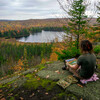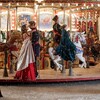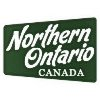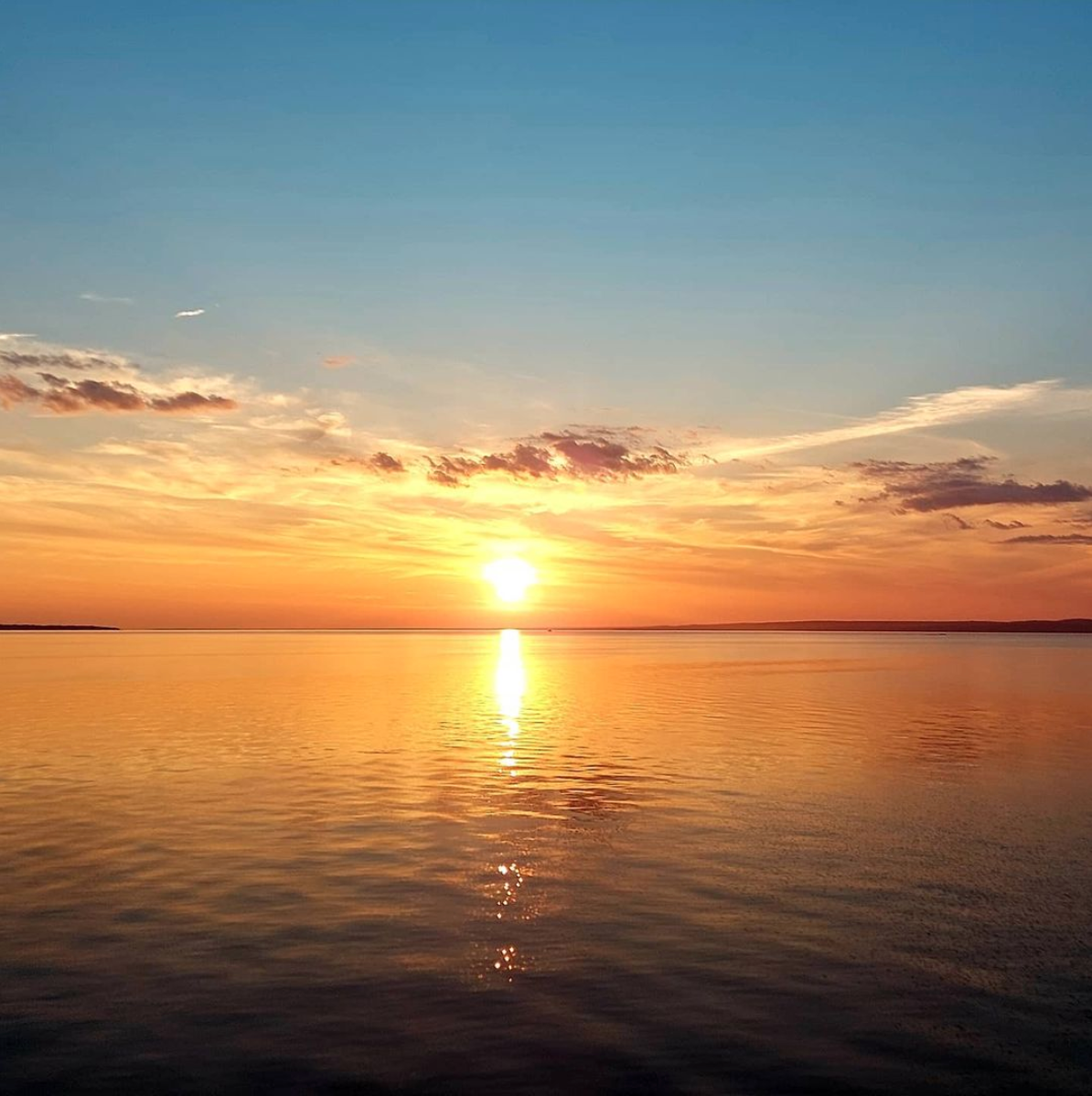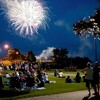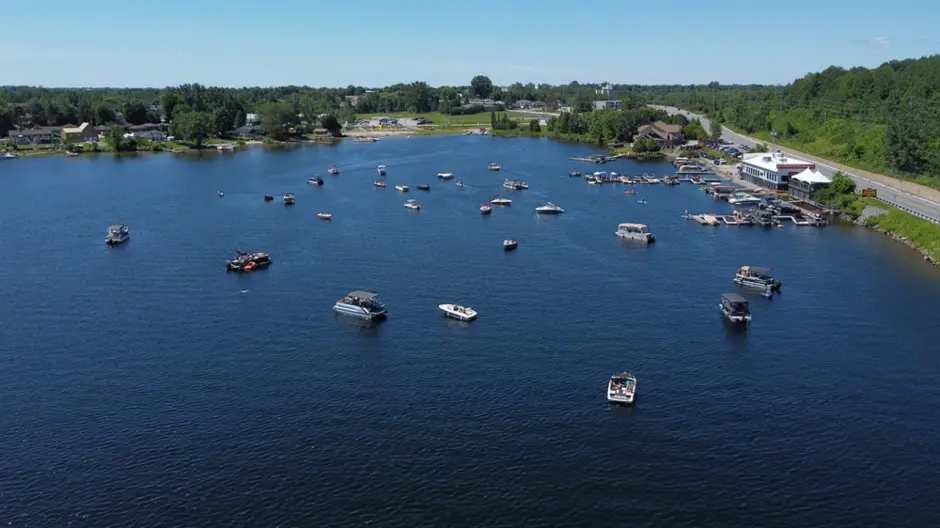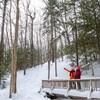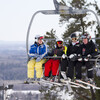
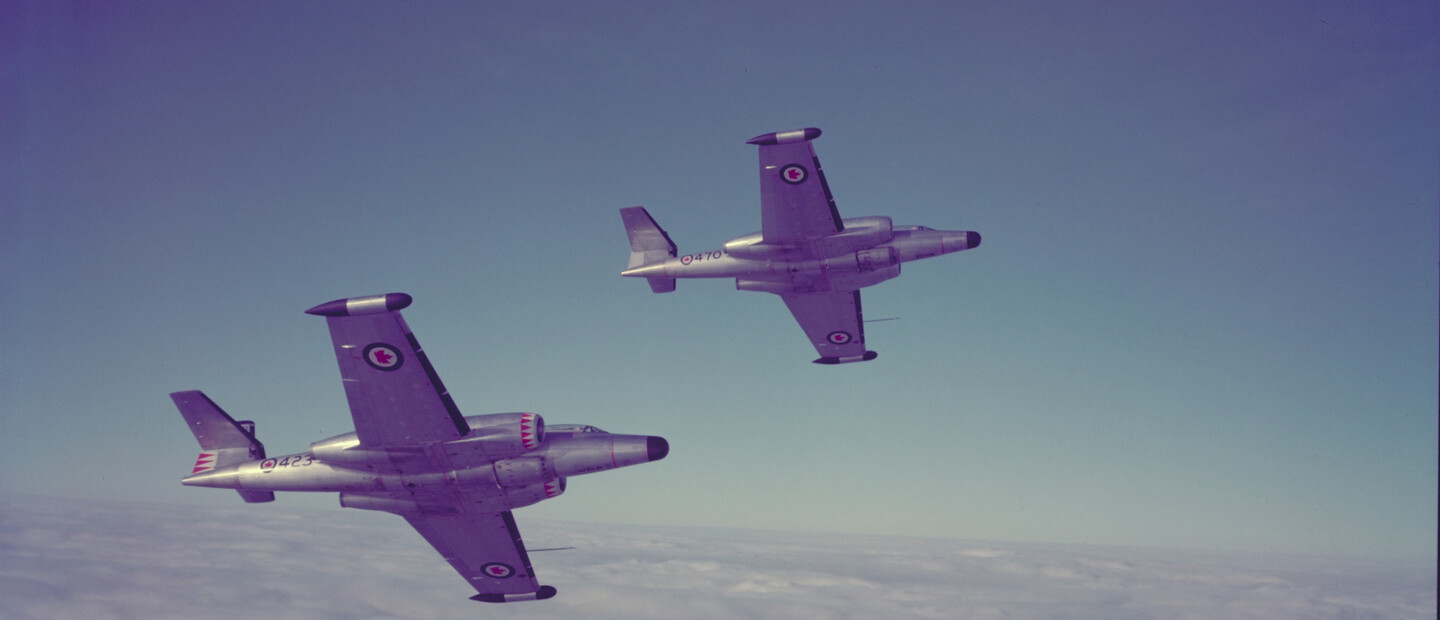
NORAD in North Bay
“If we lose North Bay, we lose the mainland,” Canadian and American senior officers used to say during the Cold War. Because at that time, this small city in northern Ontario was home to the most critical link in North America's defense system against a Soviet nuclear attack—an impressive new military complex buried 600 feet underground.
Today, visitors to Ontario’s Gateway of the North may have heard something about this secret bunker, but only a lucky few have ever seen this magnificent part of Canada’s history up close.
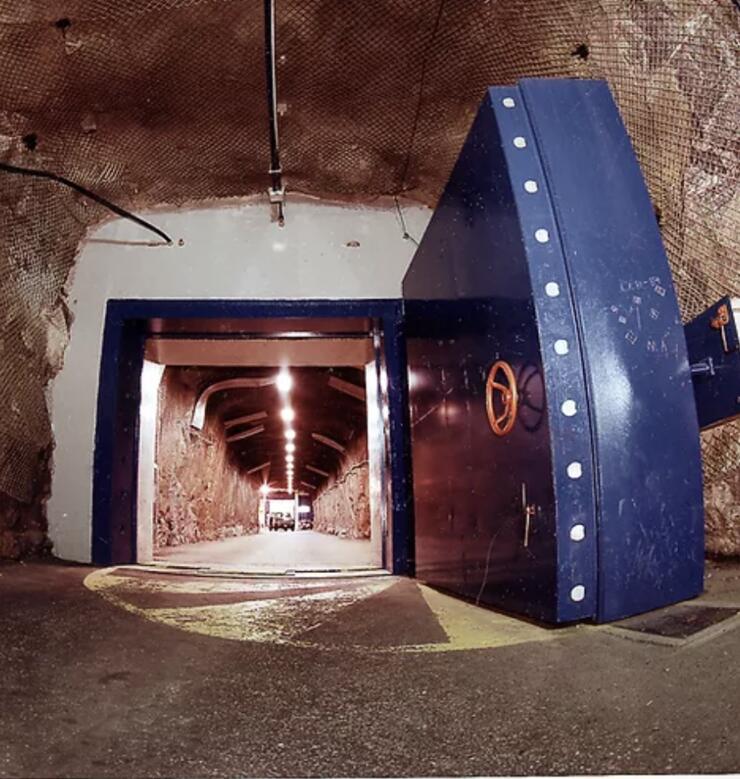
Fully operational in 1963 after four years of construction, the North Bay underground base remains the most extravagant military project ever undertaken in Canada.
Why Was the NORAD Base Built in North Bay?
At the time, northern Canada was the front line of the Cold War. It was through northern Canada that Soviet nuclear bombers would attack major North American cities. To detect and intercept these potential interlopers, Canada and the U.S. formed the North American Aerospace Defense Command (NORAD).
Officially known at the time as the SAGE Installation it's now generally referred to as simply, the "Underground Complex." Whatever you call it, this massive, historic base has a fascinating history.
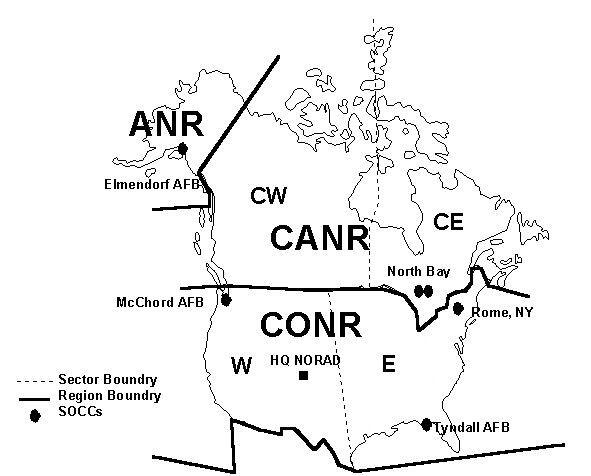
The North Bay base played a crucial role in this defense system. It was from there that NORAD kept an eye on the sky of the great Canadian north. (Still active today, NORAD continues to defend North American airspace from all sorts of intrusions.)
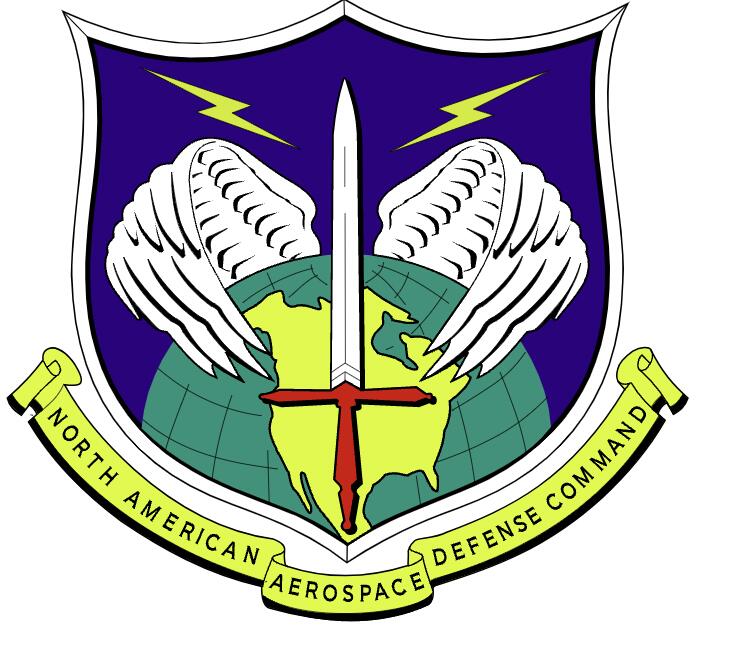
According to the Civil Defence Museum, there were four reasons why North Bay was selected as the location for this massive military complex.
- An air force base already existed, eliminating the need to build one.
- The City of North Bay was a rail, highway, and telecommunications crossroads of the country.
- The city sat atop a 2.6 billion-year-old rock formation that was transformed 1.5 billion years ago by the Grenville Metamorphic Event into granite, which is one of the hardest rocks on the planet—excellent armor against a nuclear strike.
- Trout Lake, on the eastern edge of the city, provided a large source of fresh water necessary for cooling the complex.
Like in James Bond: A Base at the Cutting Edge of Military Technology
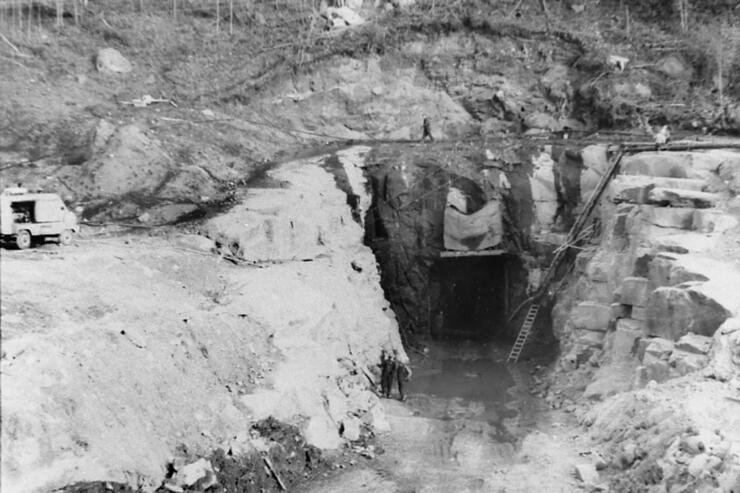
This crucial role made the base, and the city of North Bay, a prime target for the Soviets. That explains why the base was installed underground. The complex was essentially a huge cave blasted into the Canadian Shield—and was capable of withstanding a nuclear impact.
The cave was over 100 meters long. Inside there was a main “building” three stories high, housing a command post dominated by a huge electronic board documenting in real-time everything happening in the sky of the great Canadian north.
During its first 20 years of operation, surveillance operations were carried out thanks to two massive, high-tech computers, with a combined weight of 245 tons. Nicknamed Bonnie and Clyde, these two behemoths were at the cutting edge of technology at the time. Imagine: they had a memory of 256 kilobytes!
NORAD: A City Underneath a City
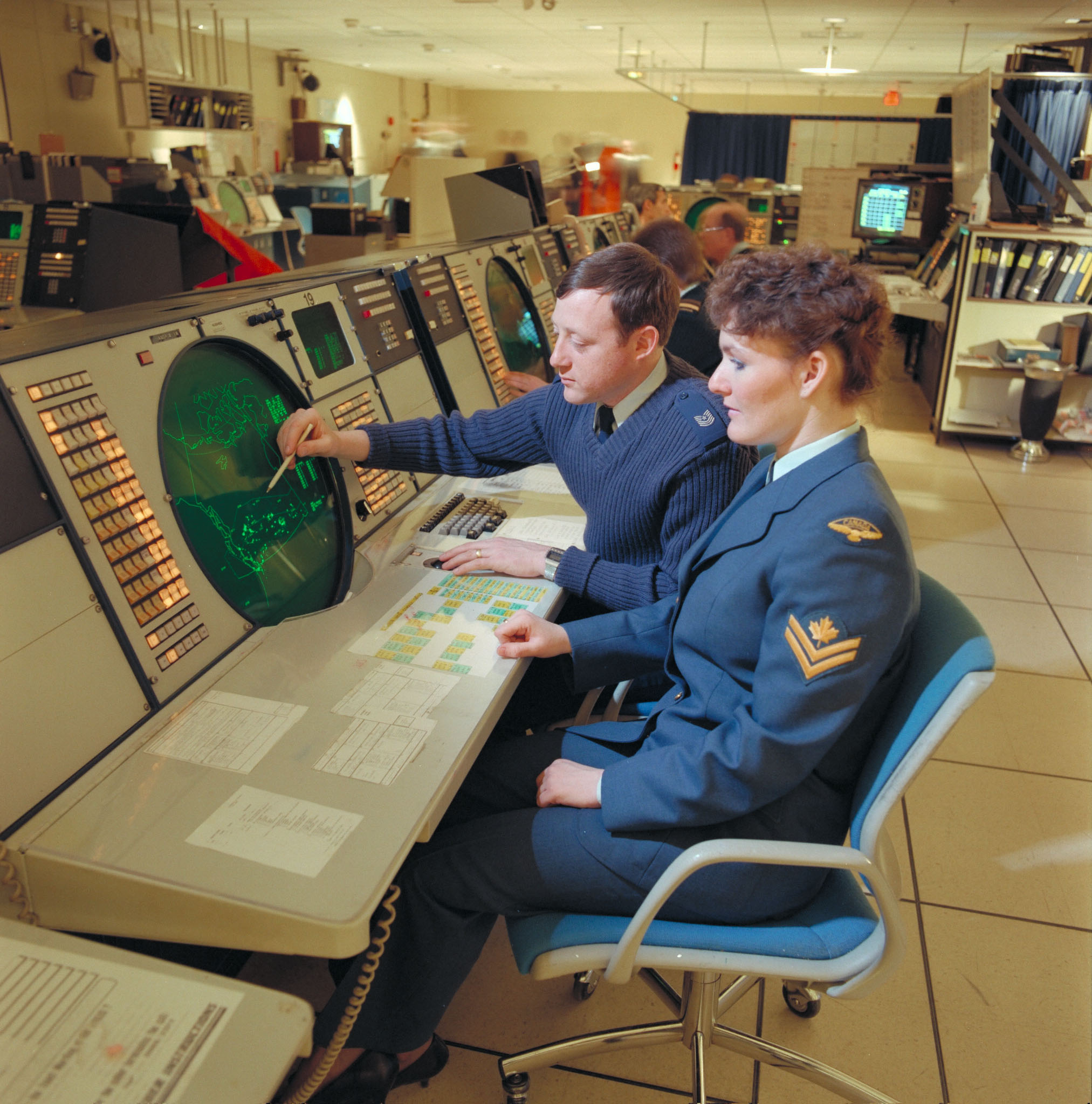
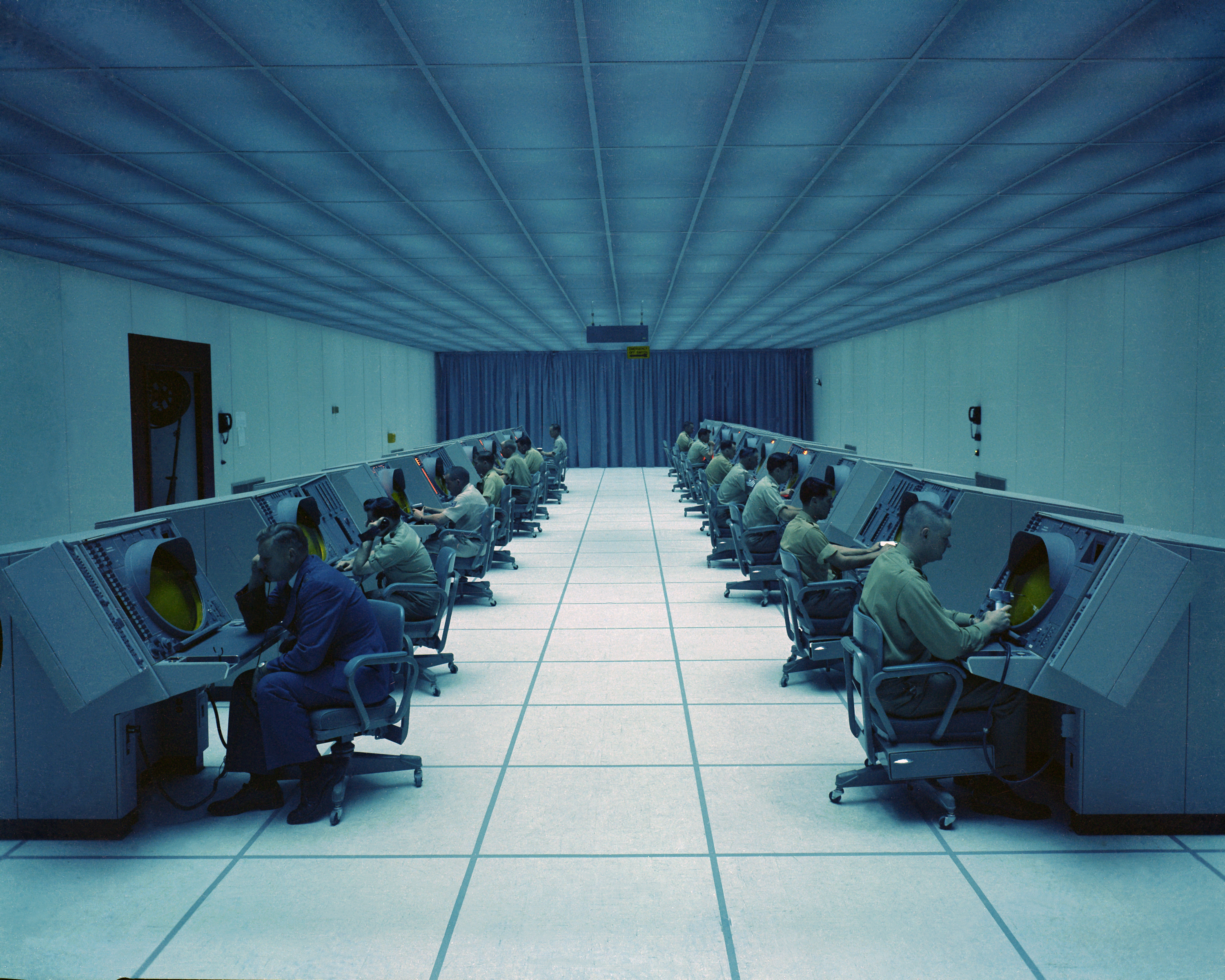
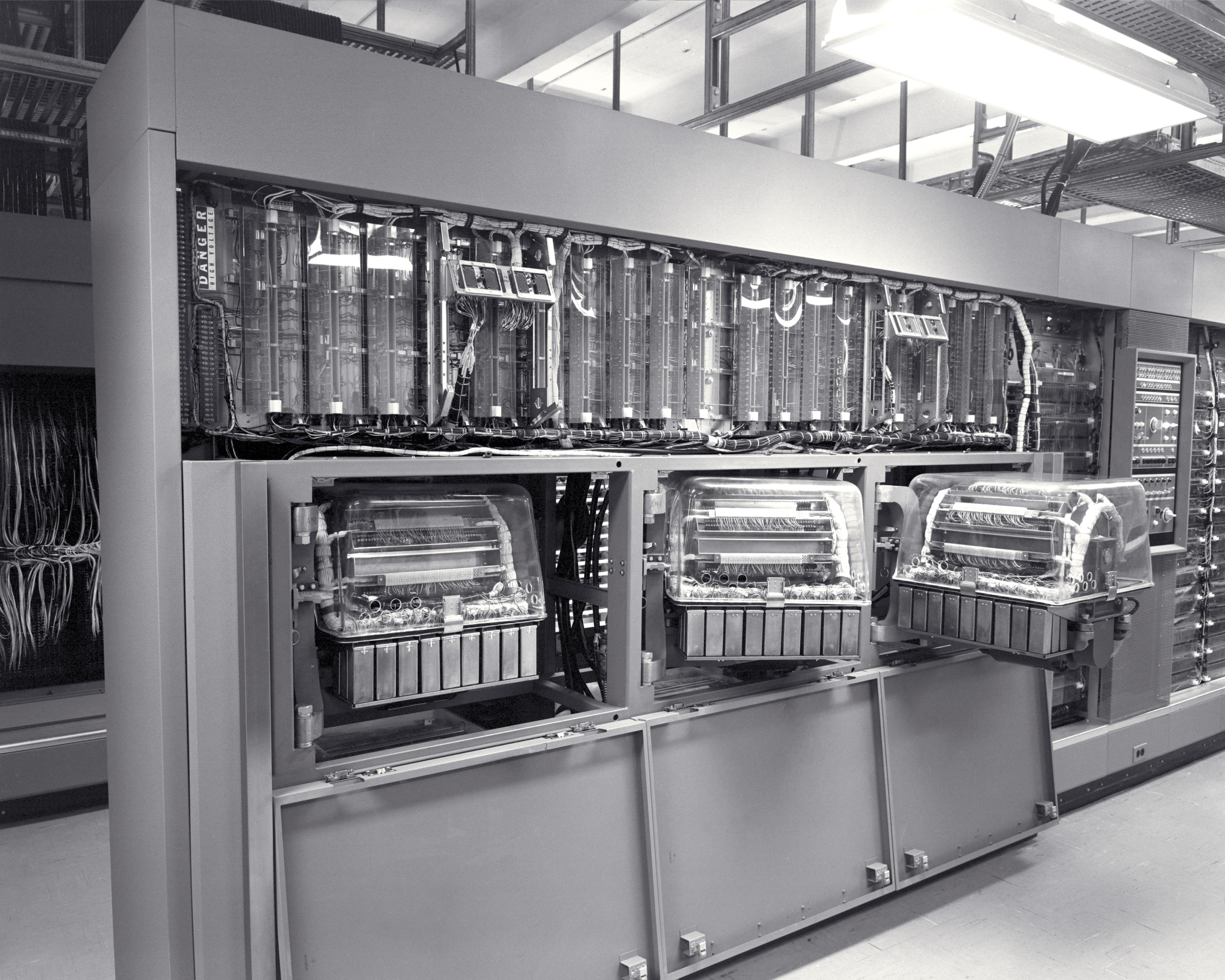
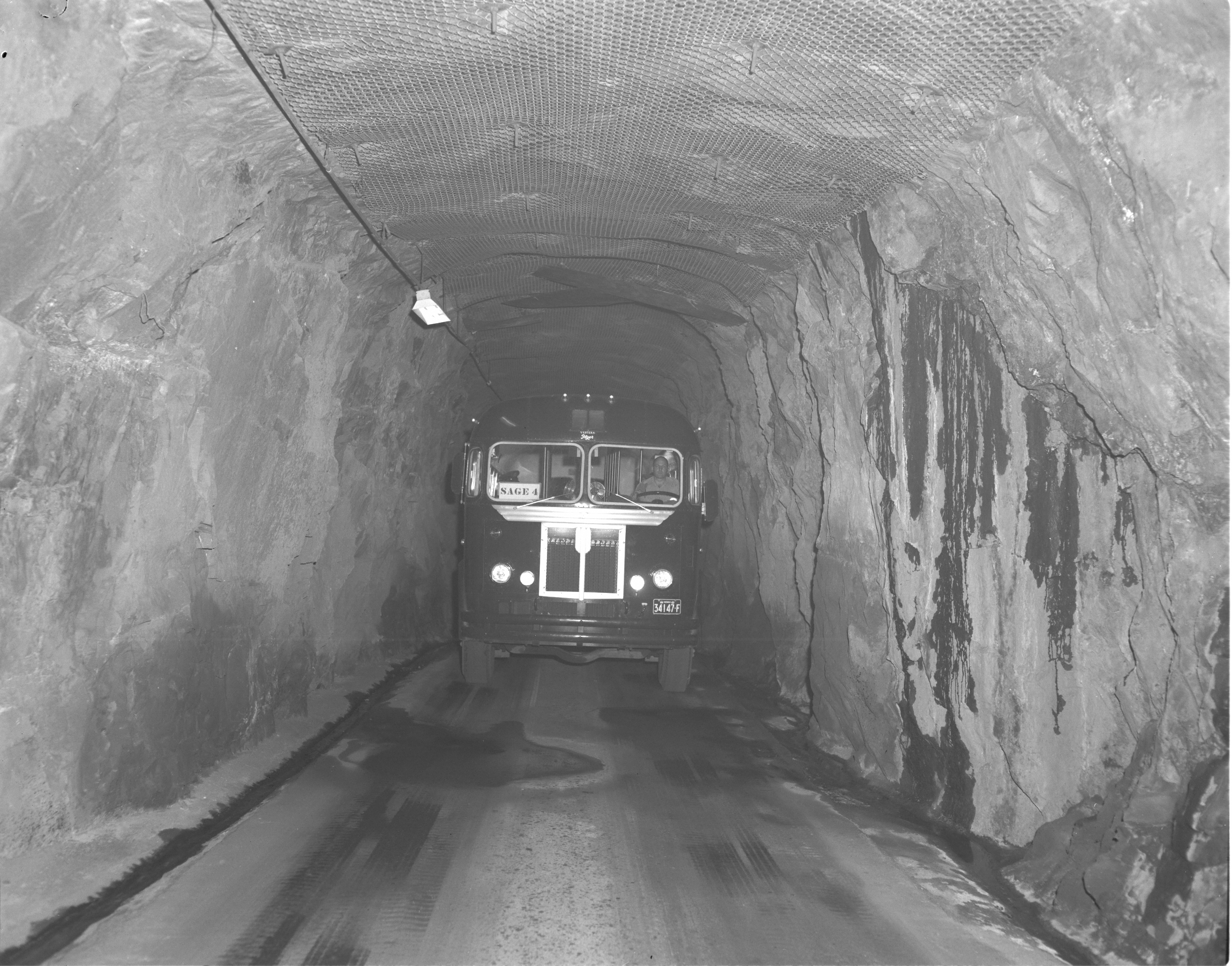
A Canadian Air Force and United States Air Force member work together in North Bay’s Underground Complex, 1987.
The SAGE operations room, known as the ‘Blue Room’ due to the lighting, 1963.
A bus travels down one of two narrow tunnels used to access the facility 600 feet below the surface.
A small part of the enormous SAGE computers, 1966.
Photo credit: Department of National Defence
The base not only housed generals and technicians hunched over radar screens—it served as a full underground city with all kinds of amenities.
There was a barbershop, a medical center, a cafeteria, and a gym. In the event of a nuclear attack, the base was designed to house 400 staff members in isolation for a month. The complex also had its own backup power grid—a giant bank of batteries that could provide power in the event of an outage.
The complex was accessed through one of two tunnels with buses ferrying people back and forth. The tunnel allowed access to three entrances—each protected by gigantic armoured doors weighing 19 tons!
Fortunately for the whole continent, the complex never faced a Soviet attack during the 43 years it was in operation. By the early 2000s, the issues facing North America looked very different, the complex’s computers were obsolete, and in 2006 operations were moved topside to the Sgt David L. Pitcher Building at CFB North Bay.
The underground complex is currently being decommissioned as it no longer meets the CAF’s operational needs. (It was also used as a film set—in 2012 it served as a post-apocalyptic setting for The Colony starring Lawrence Fishburn and Bill Paxton). As of 2024, according to official sources, "DND is working with the Federal Heritage Buildings Review Office to ensure that we document and preserve the history and heritage value of the complex before decommissioning the facility. The Power Cavern Building and the Control Building are both designated 'classified' heritage buildings by the Federal Heritage Buildings Review Office (FHBRO) due to their historical, architectural, and environmental value.”
Today, the entrance to this tunnel is all that can be seen of the complex.
Experience North Bay’s Aviation History Today
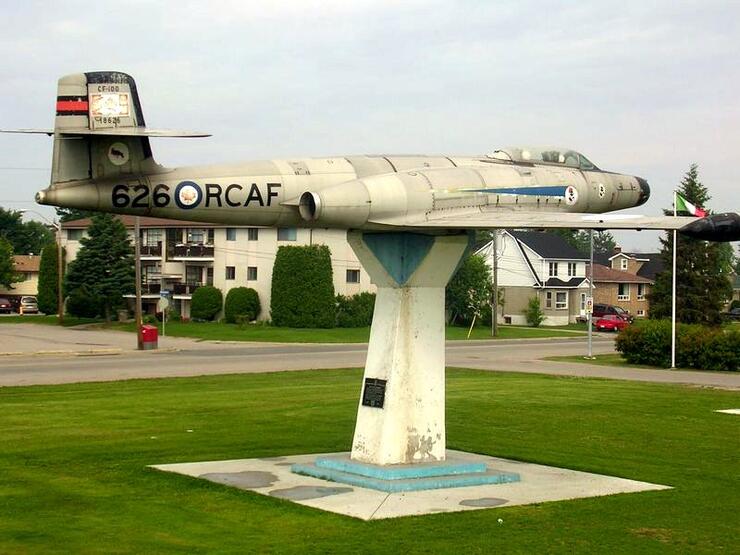
In North Bay, however, you can learn more about the complex and its essential role in North America’s aerospace history by visiting the Canadian Forces Museum of Aerospace Defence, where a model of the base is on display. Kids can download this awesome aviation-themed activity book too! There is also an excellent virtual tour of the complex on the museum's website. Aviation enthusiasts can visit the CF-100 fighter on display in Lee Park. The CF-100 is the only fully Canadian-developed fighter aircraft that has undergone mass production. For more information, curious viewers can check out this great CBC doc about the base: The Hole in Reservoir Hill.
For more information on accommodations or things to do in North Bay visit Tourism North Bay.
Recommended Articles

North Bay Winter Fun Guide: The Complete A to Z List 2025
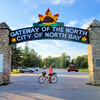
10 Surprising Facts About North Bay, Ontario

Top 10 Hidden Gems in North Bay

8 Indigenous Experiences to Discover in North Bay

Vegan Voyage

9 Best Places to Stay in North Bay, Ontario

Sustainability Spotlight

North Bay Summer 2025 Festivals
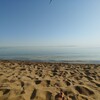
8 Best Beaches in North Bay, Ontario
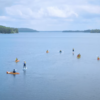
Paddling Paradise: 5 Ways to Get Out on the Water in North Bay

This World-Famous Winter Sport Was Invented In North Bay, Ontario
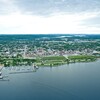
7 Spots for a North Bay Beach Vacation in Canada
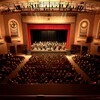
A North Bay Art Tour






